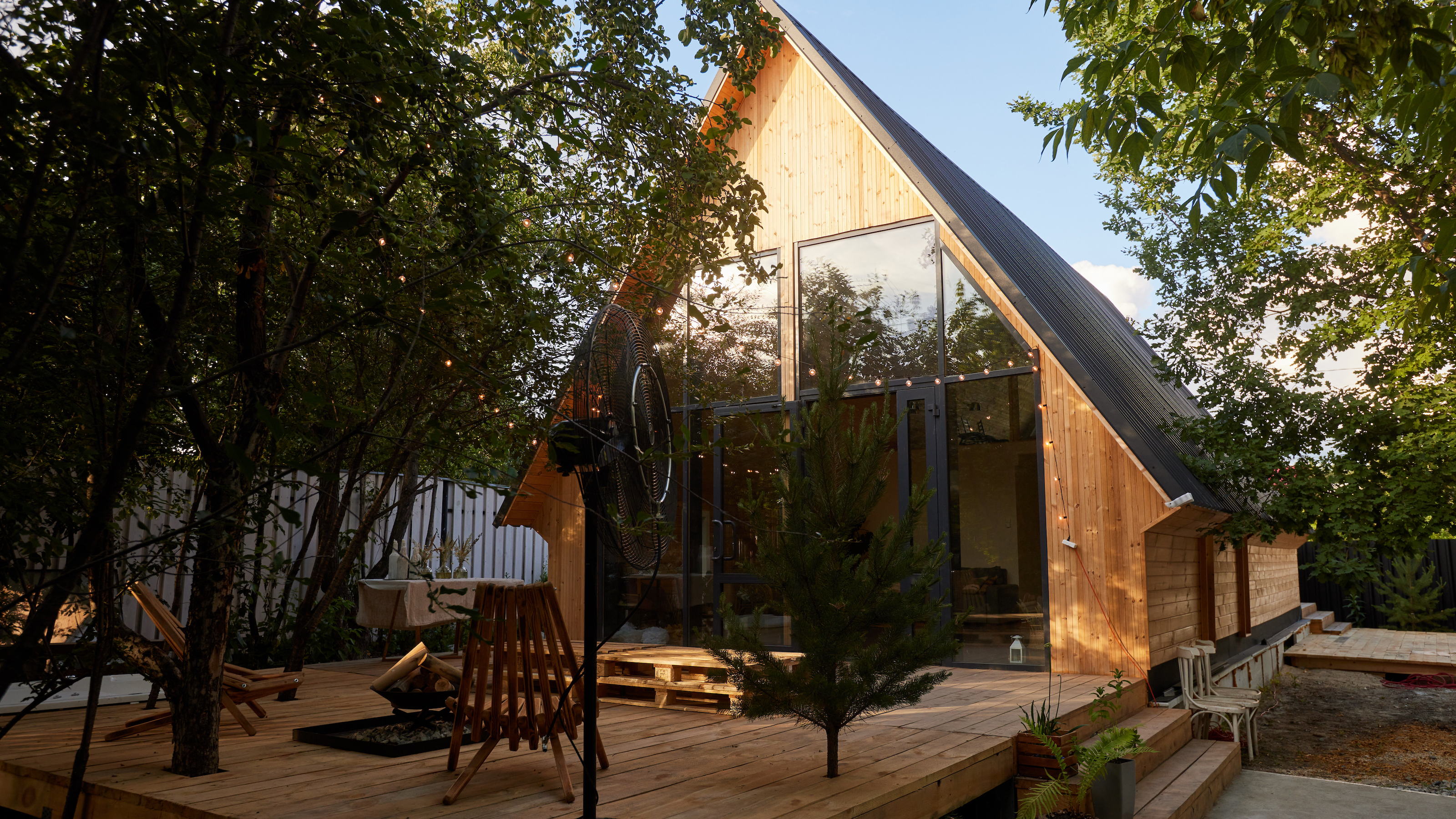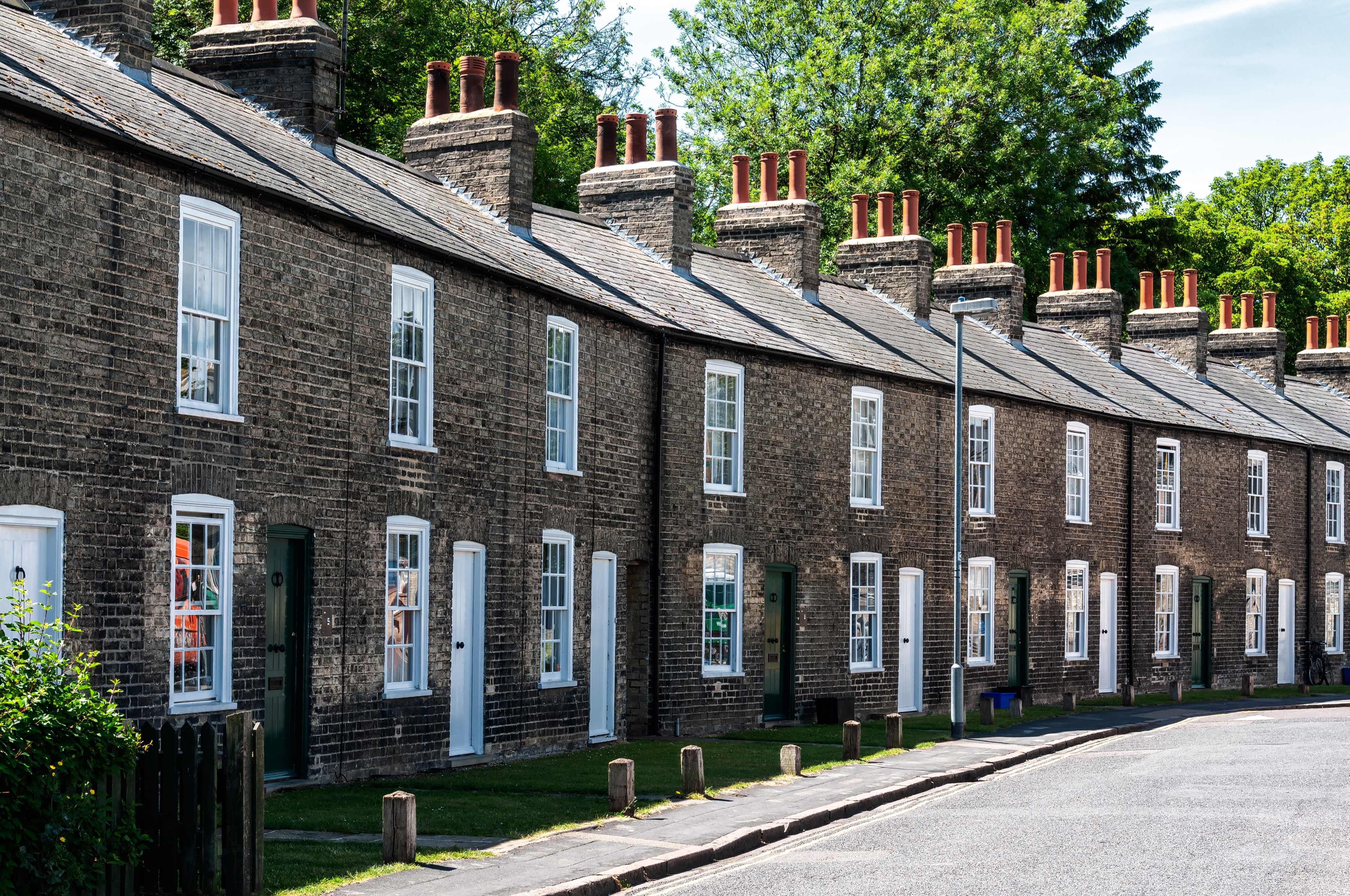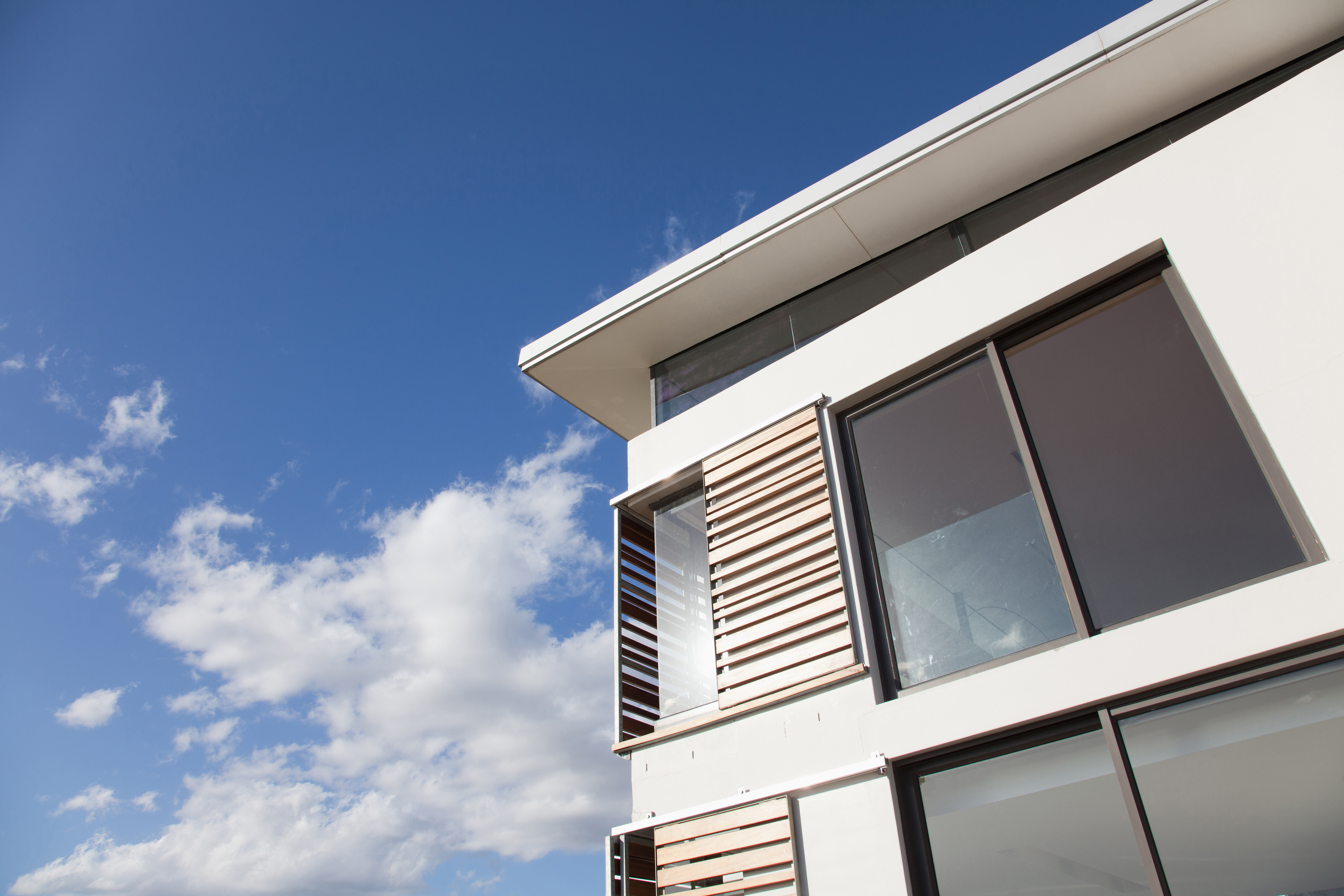Could solar windows be big news for our homes? Plus, how they work
Discover solar windows — the very latest in solar panel technology. Our expert guide details everything you need to know and why they're worth waiting for

Solar windows are the latest in a run of cutting-edge renewable energy products which could help homeowners generate their own power in the not-so-distant future in the UK.
They sound like a great option for those who love the idea of solar panels, but don't enjoy their look on top of the roof. In short, they look similar to regular windows and generate energy from the sun.
However, their availability in the UK makes them a little way off mainstream use, but if you're planning to upgrade your home with eco-conscious solar generation, this could be a technology to keep your eye on. Take a look below to find out more — and discover whether they could be have a very real place in our homes soon.
What are solar windows?
Solar windows look very much like ordinary glass windows but they also generate solar power. They are made of special solar glass which looks like conventional tinted glass – totally clear solar glass isn’t currently available as yet – but also generates power from UV and infrared light. (The first truly transparent solar panel was developed by Michigan State University in 2014.)
The big advantage of solar windows is that they enable a range of buildings, particularly homes and offices, to generate solar power. However, solar glass has only been installed into a select number of projects thus far, most of which are for commercial use, rather than domestic.
In Europe, a Netherlands-based company called Physee is installing 15,000 ‘SmartWindows’ in office buildings throughout Europe. These windows incorporate solar power cells but also have sensors that manage building energy use. Physee estimates that these windows will cut building energy costs by up to 30%.
How do solar windows work?
Solar glass works very much like solar panels but has the added advantage of allowing light to pass through it into the space beyond.
It consists of solar pv (photovoltaic) glazing which, like the silicon wafers on conventional solar panels, generates electricity from sunlight. The glass contains solar cells.
Along with solar roof tiles and roof-integrated panels, they are a form of Building Integrated Photovoltaics (BIPV), which is integrated into the building rather than installed on it.
There are various forms of solar glass, including:
- One of them is where a PV ink or film is sprayed on to the glass surface. This can be done either during the manufacturing process or sprayed on to existing windows during retrofitting. A company called NEXT Energy Technologies also produces a transparent PV ink that can be printed directly on to windows, while Solar Window Technologies produces flexible glass with a PV coating that can be installed on existing office windows.
- Another approach is to place small PV ‘micro panels’ in the sides or corners of windows so that light can still pass through the window.
- Double-pane solar windows have solar cells installed between two panes of glass. This also helps to provide insulation so that the windows can reduce heating and cooling costs while also generating solar electricity.
- Quantum dots are still under development. They are nano PV cells that are implanted directly into the glass. When installed, the power generated by the solar glass is connected to the building energy system by wiring concealed in the window frame.

What are the pros and cons of solar windows?
Homeowners who are concerned about the aesthetics of their property – particularly if it is located in a conservation area or would struggle with planning permission for solar panels – should consider installing solar windows when they become more widely available.
Using these new solar panel ideas means they would still be able to generate their own solar power without having to install conventional solar panels on the roof.
Furthermore, solar windows help to reduce UV rays from entering the property and fading furniture and other items. Solar windows also tend to have a tint which can help with privacy by making it harder for intruders to peer into the building. The tint can also help to reduce glare, which can be particularly frustrating if it there is glare on the TV.
The downside of solar windows is that currently the glass being manufactured is not fully transparent — which is why they have a tint. Producing fully transparent solar glass is not currently possible without drastically reducing its efficiency. This is why solar glass is not yet being installed as a straight replacement for conventional window glass.
There may come a time when it will be possible to produce fully transparent solar glass, but this may have to rely on nanotechnology or quantum dot technology, which would incorporate quantum dots into the glass through which incoming solar energy is absorbed.
That said, a recent solar cell breakthrough by the École Polytechnique Fédérale de Lausanne in Switzerland could be set to change this.
What's more, this doesn’t necessarily present a total deterrent to homeowners because solar glass is particularly suitable for glazing in conservatories, façades and skylights and therefore remains a very good way in which to incorporate solar glass into the home where solar panel installation is undesirable or impractical.
How much do solar windows cost?
As far as can be ascertained at present from the limited examples of solar window installation, solar windows will be generally cheaper than installing solar panels, given that replacing windows is somewhat easier than installing a panel on the roof, although solar windows don’t cover such a wide area.
Currently, the estimated cost in the UK is between £175 and £250/m2 of solar glass.
Another benefit is that solar windows are covered by solar panel grant, the Smart Export Guarantee (SEG), under which homeowners can receive payments for generating their own renewable electricity and exporting the excess to the grid.
How are solar windows installed?
Solar windows are currently not widely available, although they are being installed in a select number of locations in the US and Europe. Thus far, they have mostly been manufactured before installation.
However, an American company called Ubiquitous Energy, a spinoff from the 2014 Massachusetts Institute of Technology (MIT) and Michigan State University (MSU) project, has developed a photovoltaic coating that can be applied to existing windows.
Indeed, the company believes that the coating, called UE Power, can potentially be applied to any surface, thereby turning it into a de facto PV panel, although it is focusing initially on applying the coating to windows specifically.
Once installed, or the coating sprayed upon existing windows, the power generated by the solar glass connects to the building energy system by small wiring hidden in the window frame.
Vacuum physical vapor deposition (PVD) is used to apply the semiconductor layers in the UE Power coating onto glass using. This is a standard coating process in the window industry and so Ubiquitous Power is planning to license its technology to existing glass manufacturers so that they can incorporate UE Power into their current products.

How efficient are solar windows?
Generally, solar windows are less efficient than conventional solar panels. However, Polysolar has developed grey-tinted solar glass windows that are between 12% and 15% efficient.
This approaches the efficiency of some brands of conventional solar panels available in the UK, although the most cost-effective and popular solar panel brands are around 20% efficient.
Are solar windows better than solar panels?
Given that solar windows are not currently widely available, except in a few locations in the US and mainland Europe, and also that they are less efficient than conventional solar panels, a conventional rooftop- mounted or ground-mounted solar panel array is currently the better option for installing solar PV. However, this may change as the technology advances.
Get the Homebuilding & Renovating Newsletter
Bring your dream home to life with expert advice, how to guides and design inspiration. Sign up for our newsletter and get two free tickets to a Homebuilding & Renovating Show near you.

Robin is a freelance journalist based in the South West of England, UK. He specialises in environmental issues, climate change and renewable energy, with other interests in transport and green motoring. He is a regular daily correspondent for a renewable energy website, writing news articles and interview pieces on all the main clean energy technologies. He has also written widely for numerous magazines on these topics, as well as writing white papers and web content.
